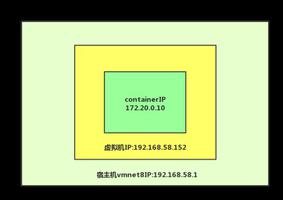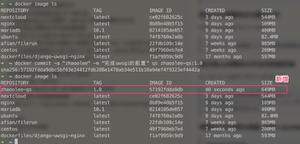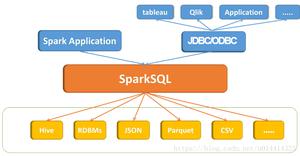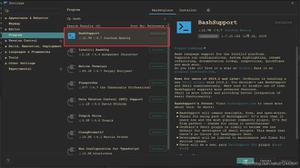在主机系统上使用运行容器的文件使用docker撰写
我想在我的容器中使用excel文件和一些文件夹。 我正在使用卷,但不知道我的作文是什么问题。在主机系统上使用运行容器的文件使用docker撰写
seleniumhub: image: selenium/hub
ports:
- "4444:4444"
firefoxnode:
image: selenium/node-firefox-debug
ports:
- "5901:5900"
links:
- "seleniumhub:hub"
shm_size: '2gb'
environment:
- "NODE_MAX_SESSION=2"
- "NODE_MAX_INSTANCES=2"
chromenode2:
image: selenium/node-chrome-debug
ports:
- "5902:5900"
links:
- "seleniumhub:hub"
shm_size: '2gb'
environment:
- "NODE_MAX_SESSION=2"
- "NODE_MAX_INSTANCES=2"
test:
image: raveena1/dilsel
ports:
- 4579
links:
- "seleniumhub:hub"
container_name: mywebcontainer
**volumes:
- /$$(pwd)/Newfolder/Config/framework-config.properties:/var/lib/docker/**
我想用我的容器上面的属性文件,我怎么能做到这一点?
回答:
我不认为docker-compose可以解释撰写文件中的bash命令。但是,你可以做的是使用环境变量。就你而言,你可能想要使用$PWD。
[...] volumes:
- $PWD/Newfolder/Config/framework-config.properties:/var/lib/docker/
[...]
这将解释环境变量$PWD(解析为当前的工作directy)并安装这/var/lib/docker。
下面是一个使用在搬运工-撰写环境变量的一个示例:
搬运工-compose.yml:
test: image: debian:stretch-slim
ports:
- 4579
container_name: mywebcontainer
volumes:
- $PWD/:/current_directory_of_host
entrypoint: "ls -l /current_directory_of_host"
开始此容器与docker-compose up。您应该看到当前工作目录中的文件列表。
您也可以使用自定义环境变量:CUSTOM_ENV=$(pwd) docker-compose up。这会将CUSTOM_ENV转发到docker-compose,该docker-compose可以在docker-compose.yml中使用。
以上是 在主机系统上使用运行容器的文件使用docker撰写 的全部内容, 来源链接: utcz.com/qa/262562.html









